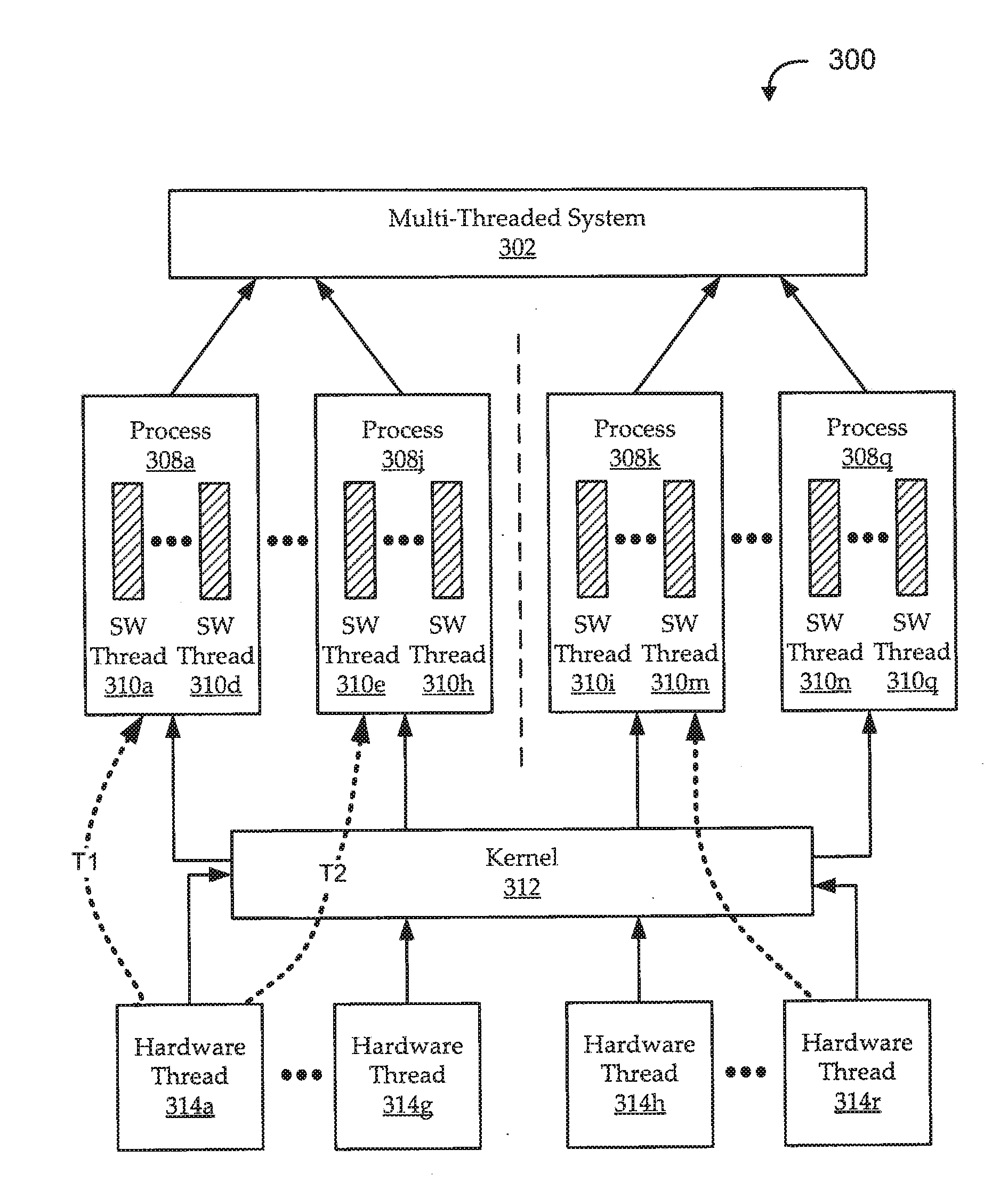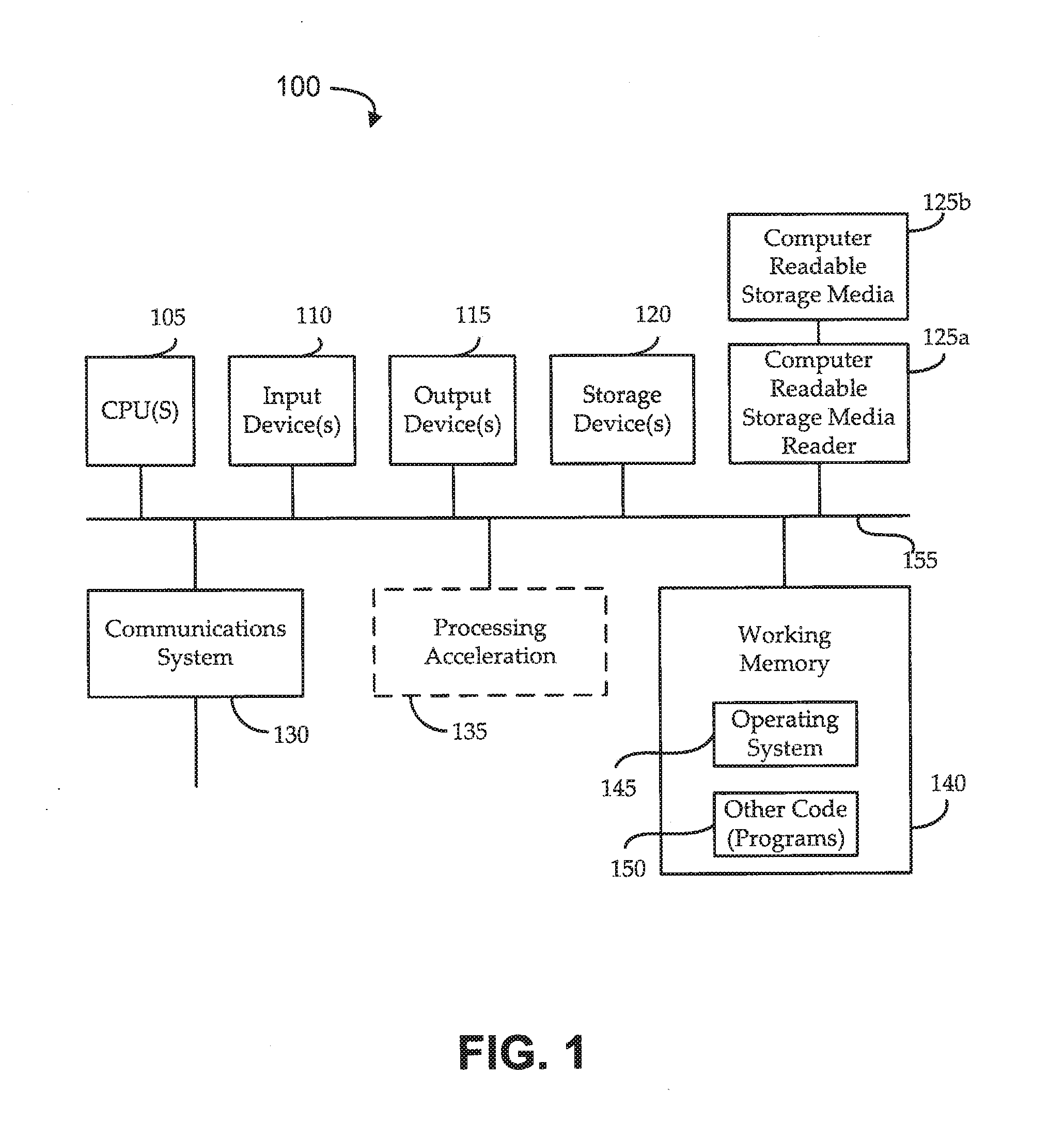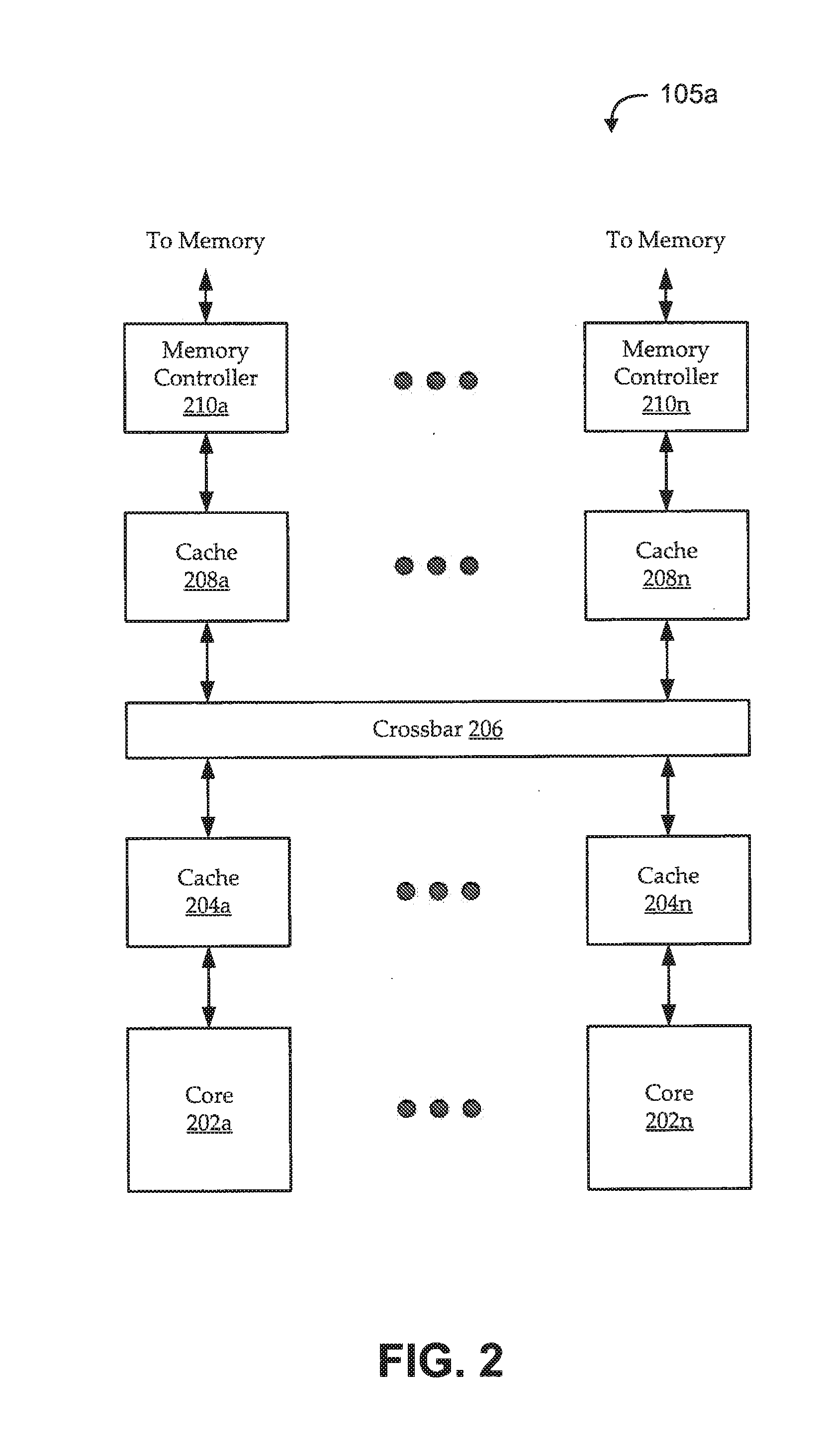Pipelined loop parallelization with pre-computations
a loop parallelization and loop technology, applied in the field of parallelization of programs, can solve the problems of not being able to perform any loop computation, not being able to run at much higher clock frequencies, and unable to meet the applicability of many traditional automatic parallelization techniques
- Summary
- Abstract
- Description
- Claims
- Application Information
AI Technical Summary
Benefits of technology
Problems solved by technology
Method used
Image
Examples
Embodiment Construction
[0025]In the following description, numerous specific details are set forth to provide a thorough understanding of the present invention. However, one having ordinary skill in the art should recognize that the invention may be practiced without these specific details. In some instances, circuits, structures, and techniques have not been shown in detail to avoid obscuring the present invention.
[0026]Embodiments described herein automatically parallelize pre-computations of non-DOALL loops. In some cases, non-DOALL loops are identified and divided into chunks. The chunks are assigned to separate software threads, which may then be assigned to hardware threads (e.g., logical processors, including processor cores, core pipelines, etc.). It may be desirable for the threads to have an ordinality that corresponds to the program execution order. For example, a loop having 1,000 iterations may be divided into five chunks, where the first chunk includes iterations 1 through 200; the second ch...
PUM
 Login to View More
Login to View More Abstract
Description
Claims
Application Information
 Login to View More
Login to View More - R&D
- Intellectual Property
- Life Sciences
- Materials
- Tech Scout
- Unparalleled Data Quality
- Higher Quality Content
- 60% Fewer Hallucinations
Browse by: Latest US Patents, China's latest patents, Technical Efficacy Thesaurus, Application Domain, Technology Topic, Popular Technical Reports.
© 2025 PatSnap. All rights reserved.Legal|Privacy policy|Modern Slavery Act Transparency Statement|Sitemap|About US| Contact US: help@patsnap.com



